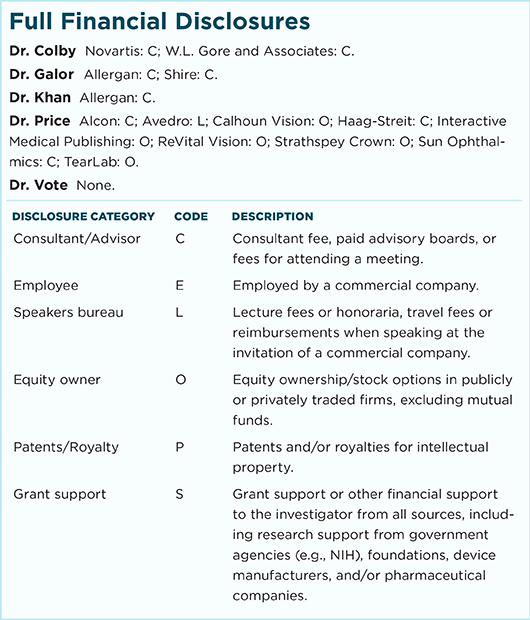Download PDF
Patients given botulinum toxin A (Botox) for relief of their migraines might experience a secondary benefit: relief of their symptoms of photophobia and dry eye.1
In a retrospective study of patients at the Miami Veteran Affairs Medical Center, researchers from the University of Miami Miller School of Medicine confirmed their hypothesis that migraine, photophobia, and dry eye share neural mechanisms. “We hypothesized that therapies influencing nerve function also influence sensations like dryness and light sensitivity,” said Anat Galor, MD, MSPH, “especially the dry-eye subtype we think is more neuropathic.”
Relief of symptoms. All 90 patients in the study had chronic migraine (≥ 15 per month) and had failed a trial of at least 2 migraine drugs or had contraindications to these medications.
They were asked to recall their ocular symptoms before and after receiving Botox injections and to rate their symptom severity on a scale of 0 to 10. The investigators found that the intensity of all 3 sensations—migraine pain, photophobia, and dryness—was highly correlated, with 72.5% of patients reporting improvement in photophobia and 29.3% reporting improvement in dry eye symptoms. More than a third of patients with photophobia improvement rated it as “much better”; older patients reported more relief in eye pain symptoms.
Inflammatory action. The researchers believe that calcitonin gene-related peptide (CGRP) may be central to study results. “One of the proposed mechanisms in migraine is excessive CGRP release, which leads to neurogenic inflammation, recruitment of inflammatory cells to the site, and an inflammatory environment that does further damage to nerves,” Dr. Galor said. “You end up with afferent traffic in the trigeminal system that can then sensitize the system.”
Up to now, she said, sensations of dryness weren’t considered in the same category as migraine pain, “but sensations of dryness and photophobia are also transmitted via trigeminal activation, so sensitization may underlie the correlation among these symptoms.”
In the clinic. Ocular pain doesn’t always come from the ocular surface, Dr. Galor said. “We have to acknowledge that for a subset of dry-eye patients, the primary problem is nerve sensitization.” She added, “This proof-of-concept study suggests that strategies used to treat nerve pain may be effective when clinicians suspect that neuropathic mechanisms underlie dryness and photophobia.”
—Rebecca Taylor
___________________________
1 Diel RJ et al. Ophthalmology. 2018;125(1):139-140.
___________________________
Relevant financial disclosures—Dr. Galor: Allergan: C; Shire: C.
For full disclosures and disclosure key, see below.

More from this month’s News in Review